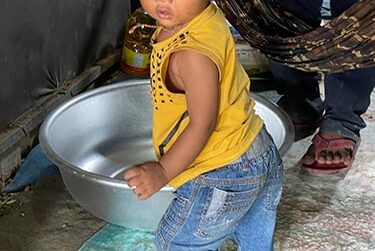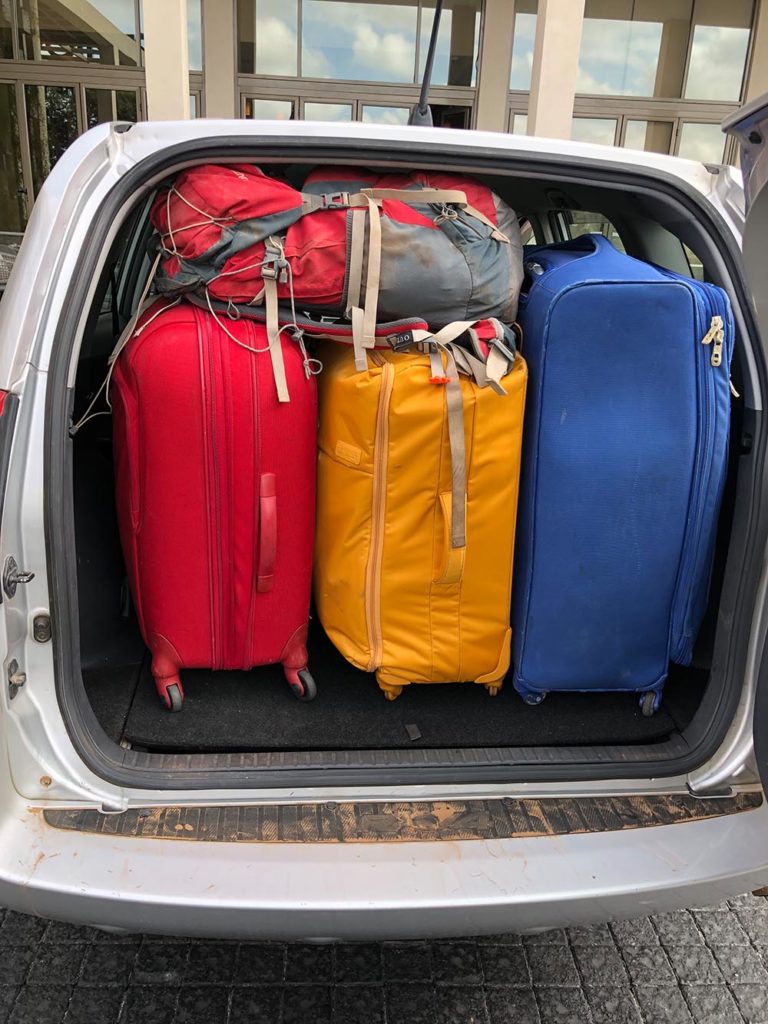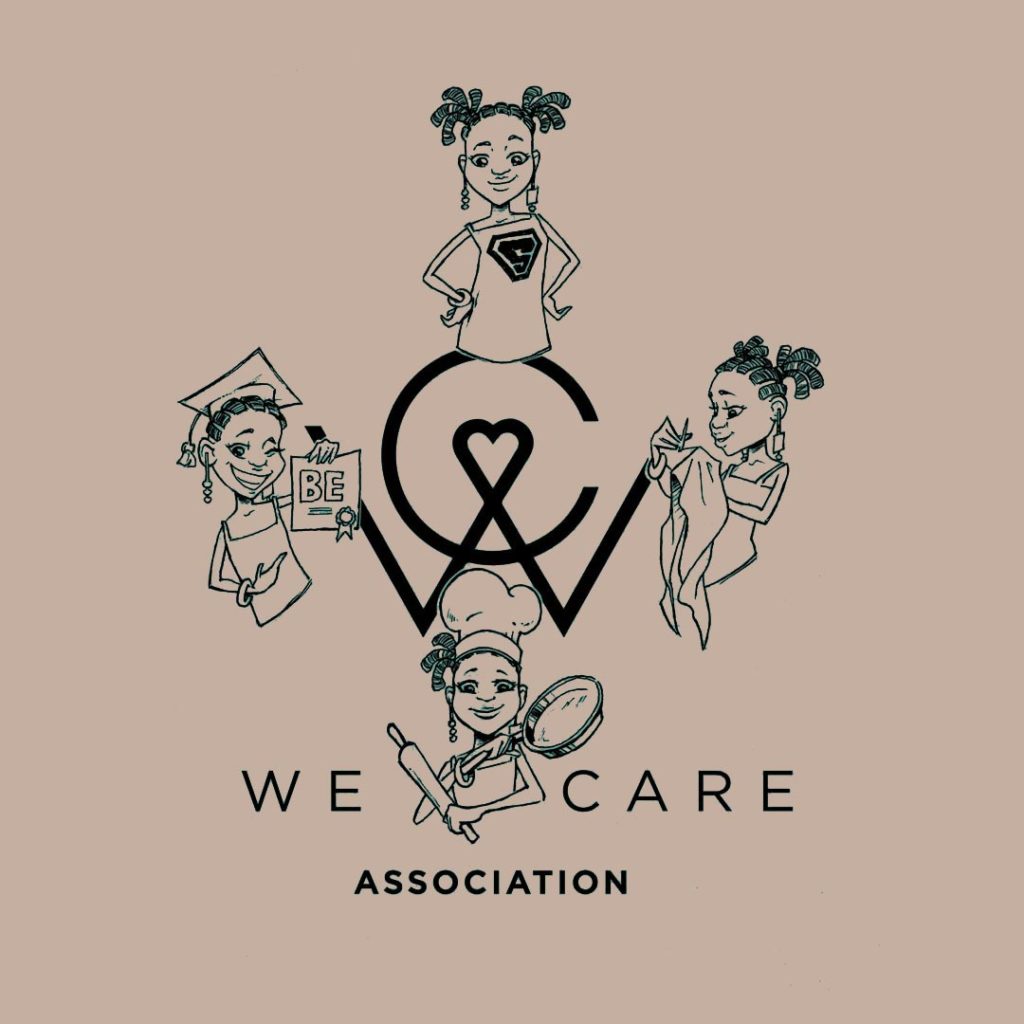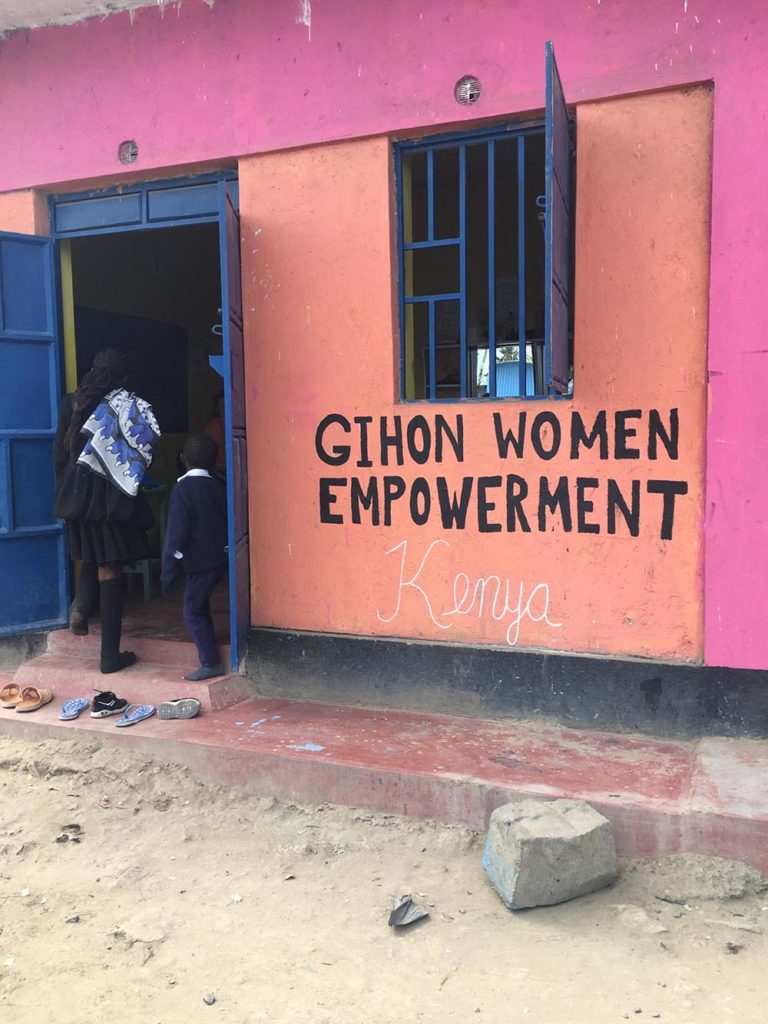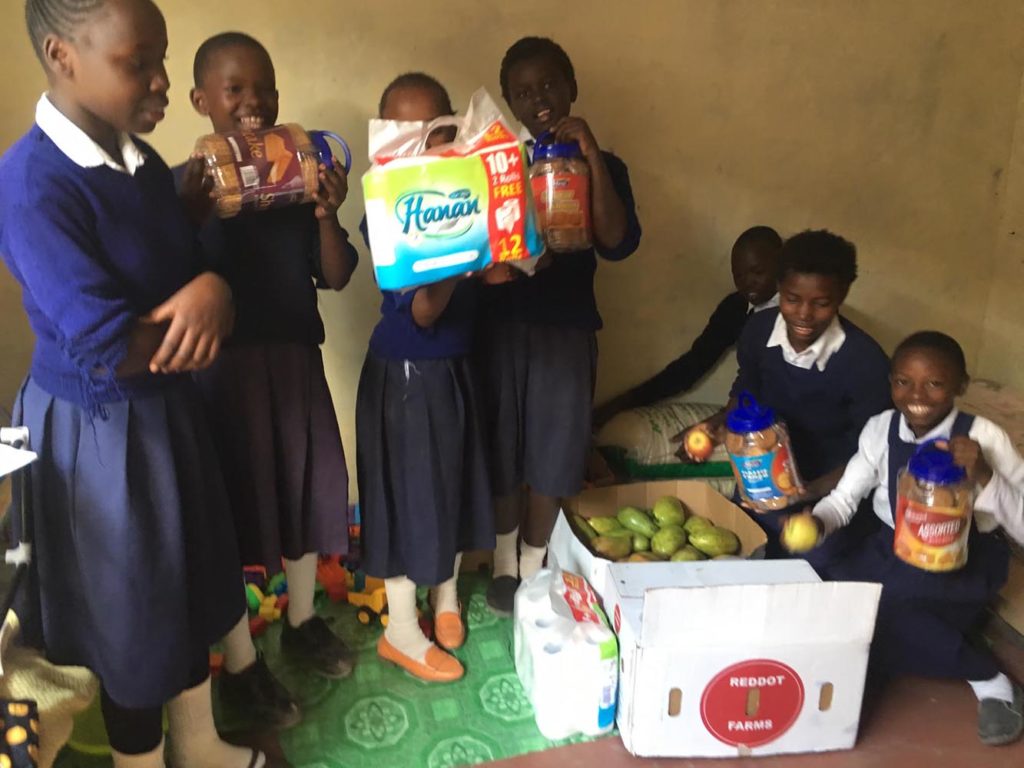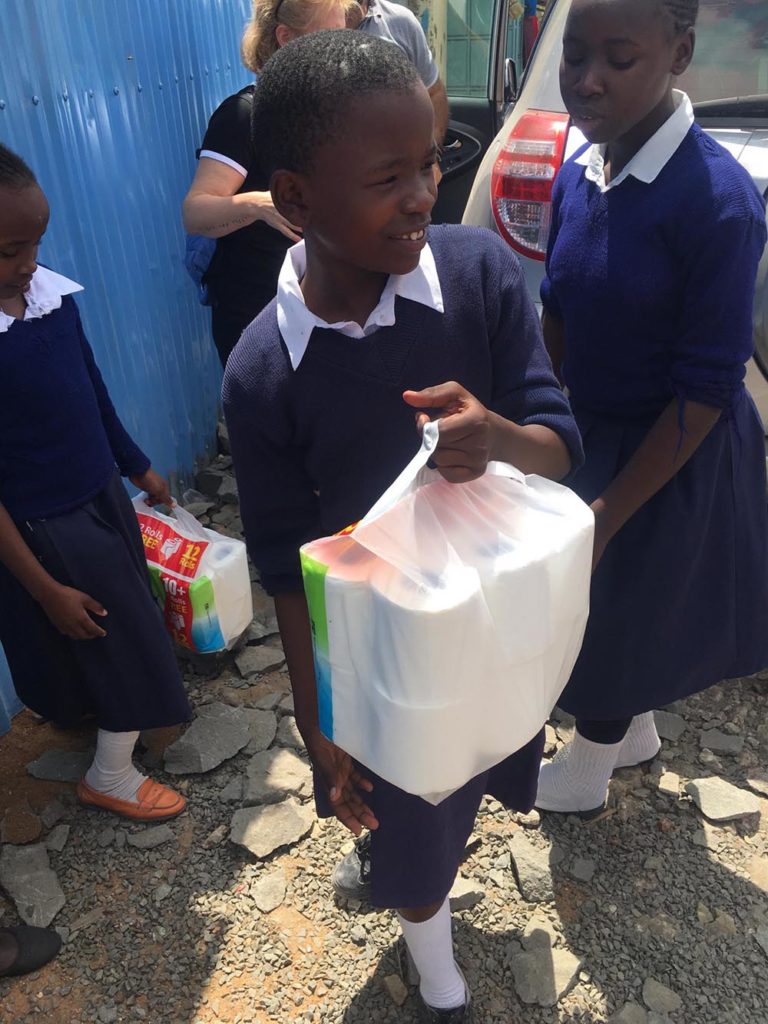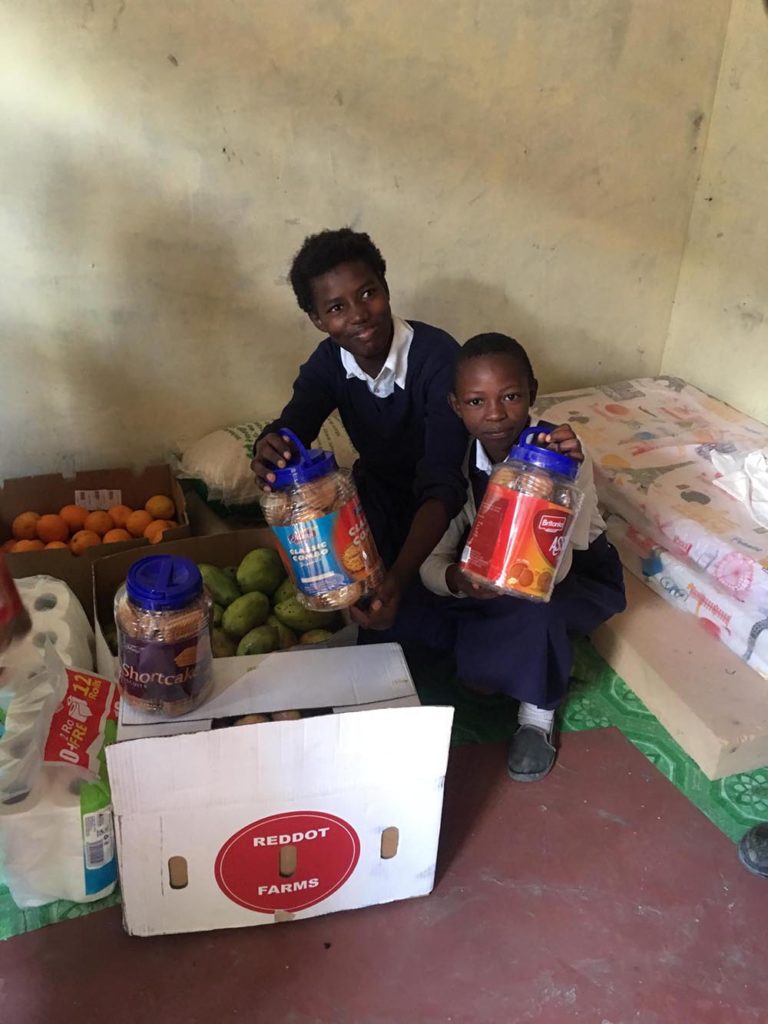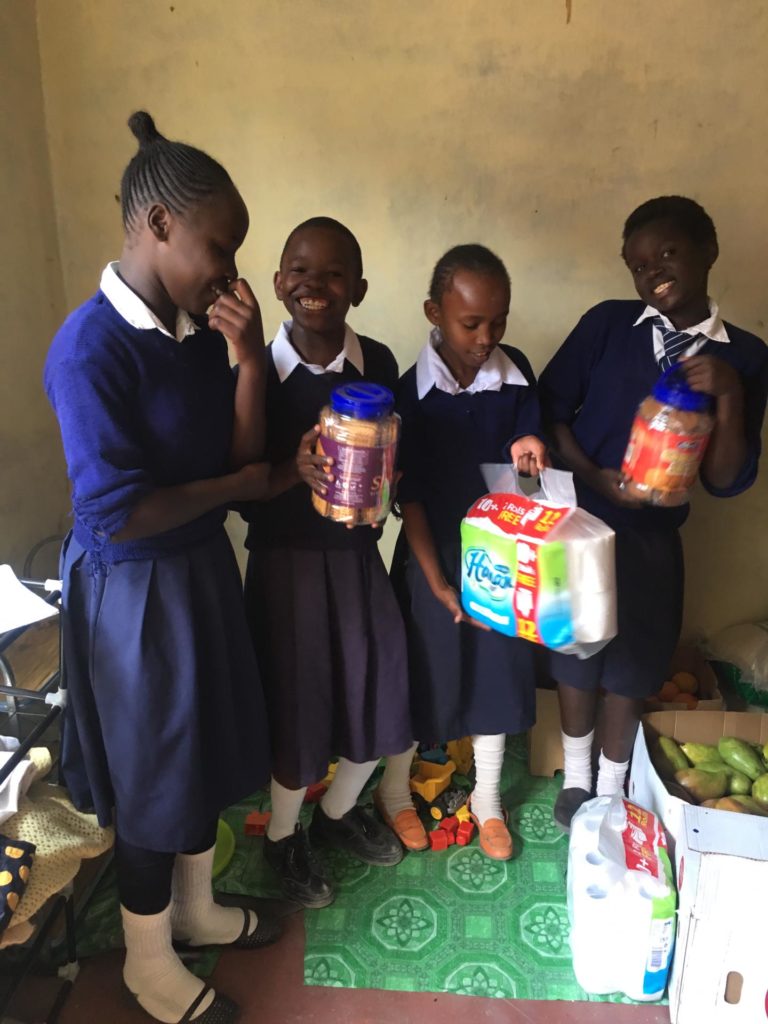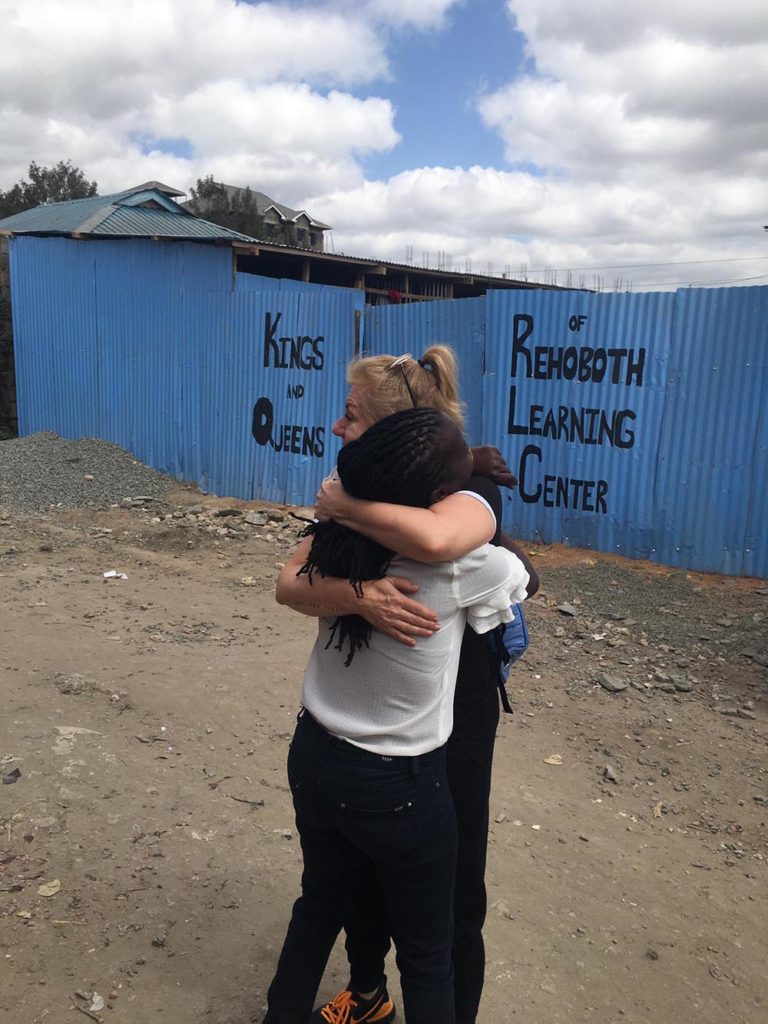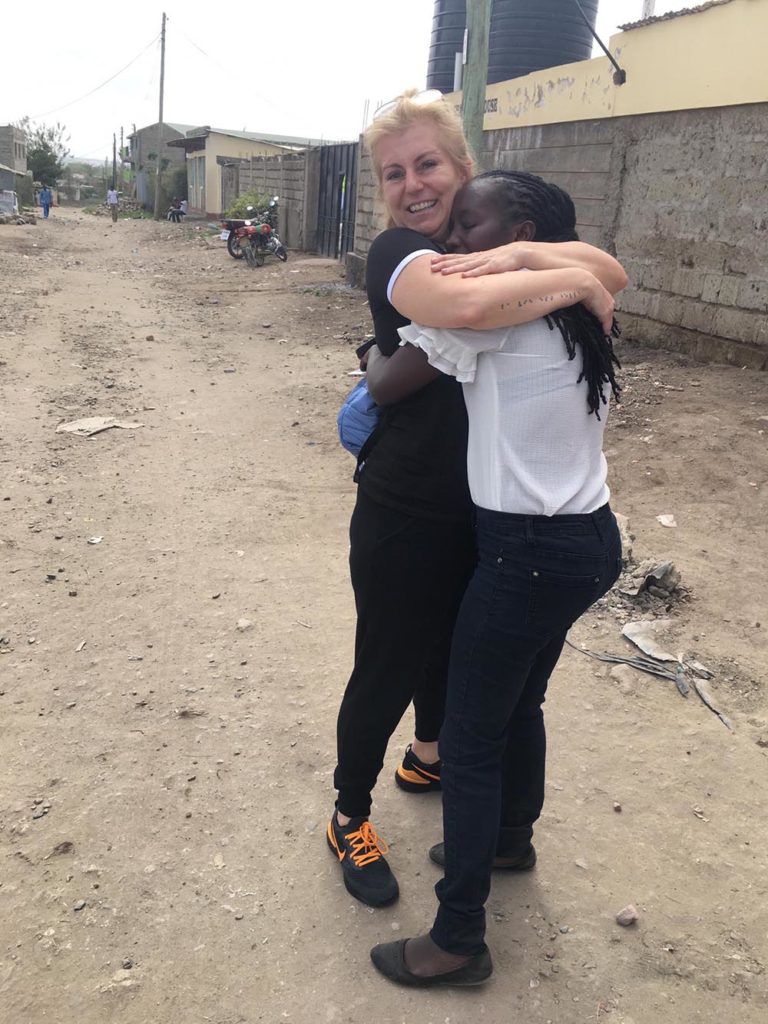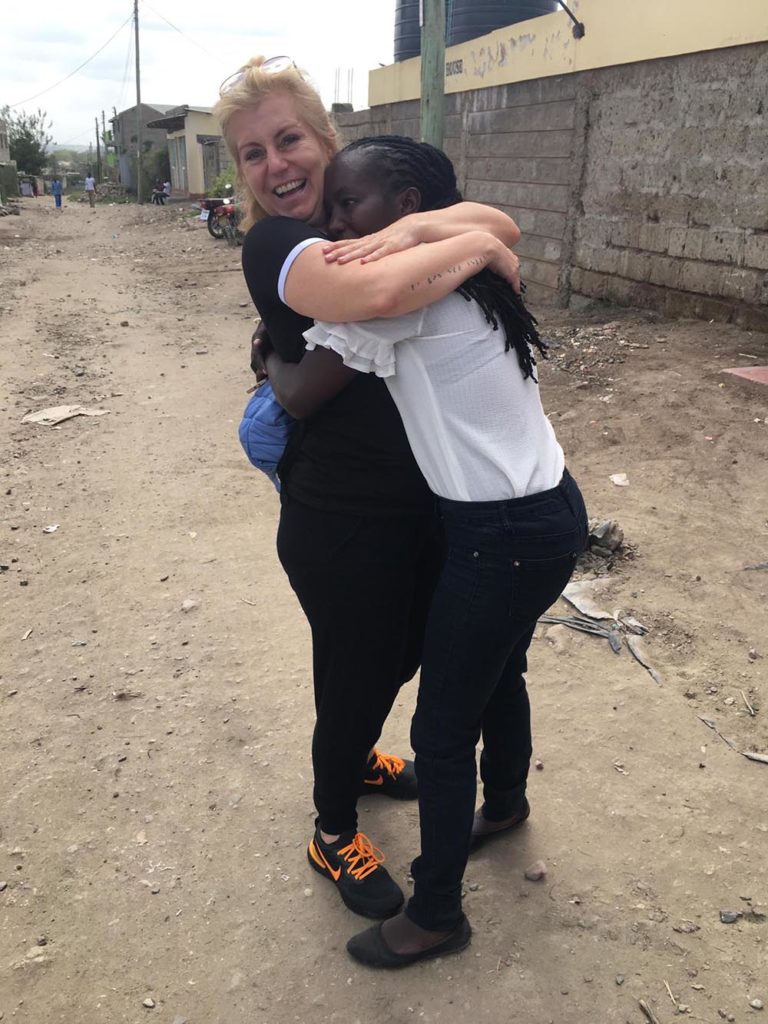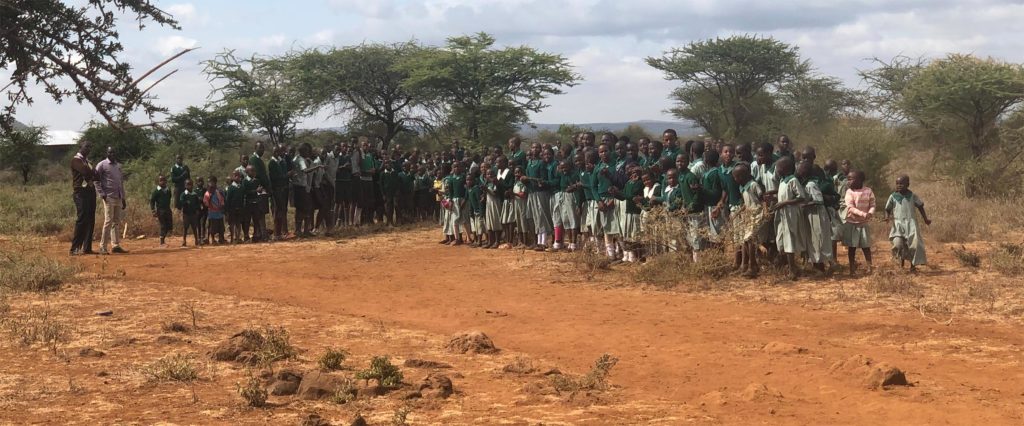Joy and sorrow in CambodiaFeatured
After a two-year corona induced break, on March 13th, 2022, I boarded my flight with Singapore Airlines and flew to Siam Reap with a stopover at Singapore’s Changi Airport. After an unforgettable antigen test at Siam Reap airport, I was given a hearty welcome by Theavy Bun and Patrik Roux. Two years ago, I had been the last foreign visitor to avec Cambodia and now the first foreign visitor after the pandemic. The trip to Battambang went buy very quickly not only because the newly built highway reduced travel time by an hour, but also because we had lots to catch up on.

“Schooling Days”
The dense program started the very next morning. Upon arrival at the Safe house, the three assistants Thida, Lida and Sanya were already loading the small truck – together with the bigger children – for the Chrapkrasang Primary School. The first “schooling day” after two years of pandemic absence! NGO AVEC has be running this schooling program for a couple of years and the aim is to make sure that underprivileged children attend school on a regular basis. The teachers support this program, and they get teaching materials as well as a little thank you. Already before the visiting day, the school hands out vouchers to the children and makes sure that the parents concerned are being informed as they must be present at school on this day.
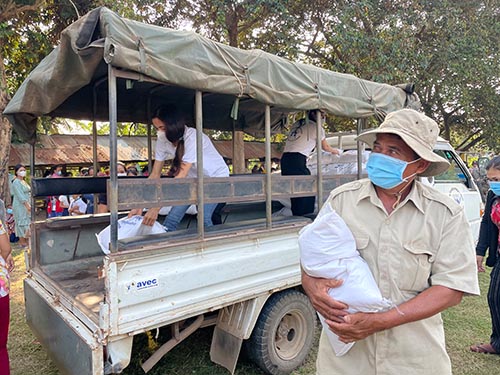
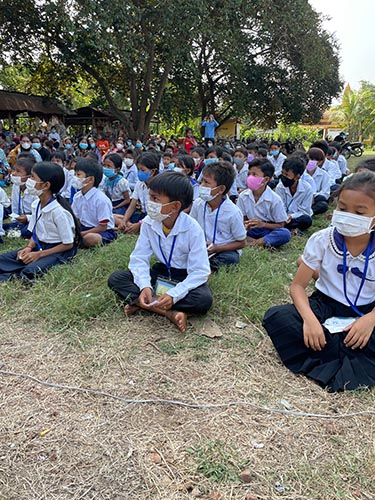
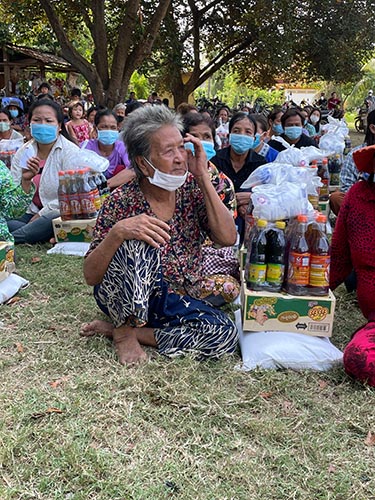
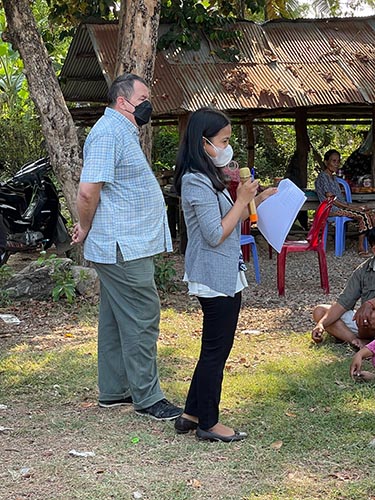
Parents and children sit on the floor and Theavy controls if they are all present. Then, the children with a lot of absences are called and their parents are asked to explain why their children have missed so many days at school. Theavy points out the importance of education and then the distribution of goods starts. Every family is given 6 bottles of fish and soja sauce, 10 kg of rice, a carton of instant noodles and the students get a bag, a school uniform, a soap, and stationary utensils including exercise books.
Even though I participated in this “schooling day” already two years ago, I was overwhelmed by the perfect organization including the distribution of the goods to more than 100 students and their parents.
The next morning brought us to the Salabalat Primary School which is also attended by the children of the Safe House for another “schooling day”.
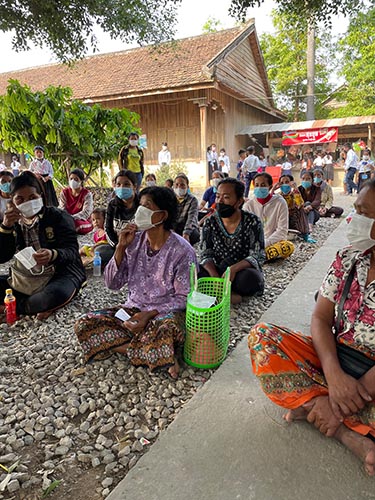


Village Visits
As part of this schooling program, spouses Roux frequently visit the families of the supported children at home to get an idea of the family situation and the problems the family are facing. As WeCare-Association recently provided a donation to support three families we visited potential recipients.
Patrik and Theavy are very conscious about using donations in a sustainable way. Therefore, a lot of time and effort goes into choosing the right beneficiaries. The lack of property of the land where they live for instance, is a reason for them not being taken into consideration as the owner of the land might claim the donation. This is the reason why the first two families visited – unfortunately – can not be provided with a house. We visited these families whose already poor situation is ultimately aggravated by two handicapped persons.
The man of the first family is paralyzed, and a bowl has been attached to him with a scarf. He lies on a plank bed. His 92-year-old mother squats in front of the cabin and has her lunch. She is in the shade and this is a small success as the last time Theavy and Patrik found her lying unshaded and unprotected in the sun at 35°C. Her grandson managed to provide her with a little bit of shade only after he had been asked to do so. We left some food with them and left.
The next visit brought us to another paralyzed mother of 8 children – apathetically lying on a bare plank bed. There are human excrements under the bed. One of her daughters is present and cooking for the family.
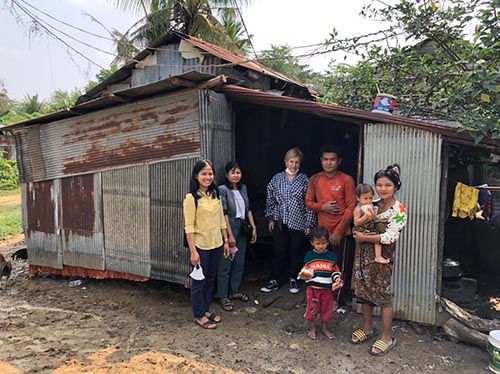

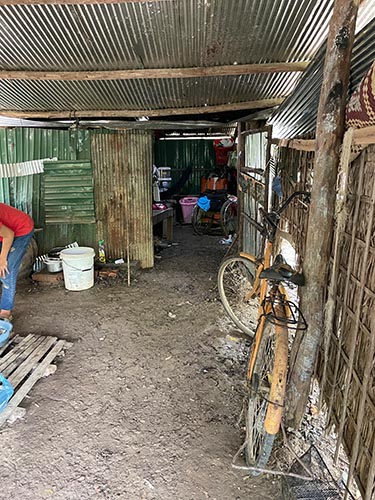
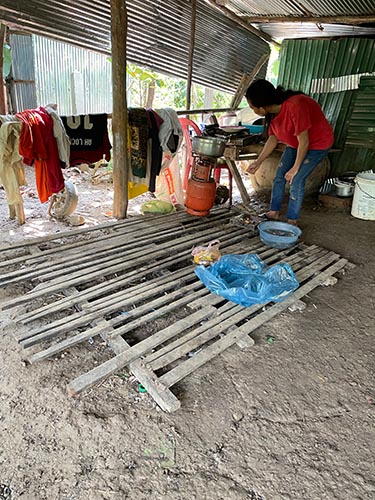
Our next stop is a family with five boys who had been identified by Theavy and Patrik as potential recipients as the family generally had made a good impression. Not only do they own the land where they live but the father has a regular job as well. Upon arrival though we realized very quickly that there was something wrong. The mother was home alone with the five boys but already at the early age of eight years the eldest son shows massive signs of rebellion and disobedience towards his mother. Theavy has already tried to get more information about the family and there are rumours about the mother. Patrik and Theavy will continue to visit this family.
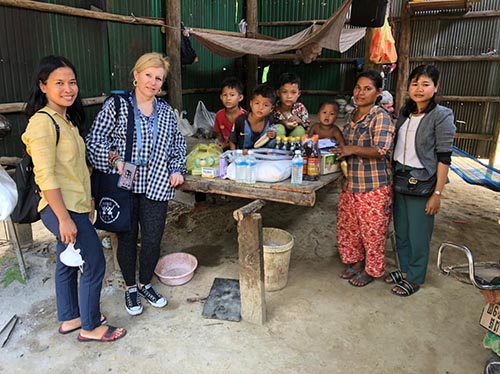
People on the landfill
Upon our return to the safe house the small truck was loaded again as we were to visit the people living on the landfill. There is a total of 32 families living on the territory of a garbage collecting company and I found out about their terrible living conditions two years ago. Therefore, I had decided that we were going to provide them with an emergency help to alleviate their lives at least a little bit. We arrived at a temperature of 35°C and very high level of humidity and the families arrived and helped to unload the truck. Theavy and her team had been there before and not only taken the names and numbers of family members but also given out vouchers to help for a smooth distribution of the goods.

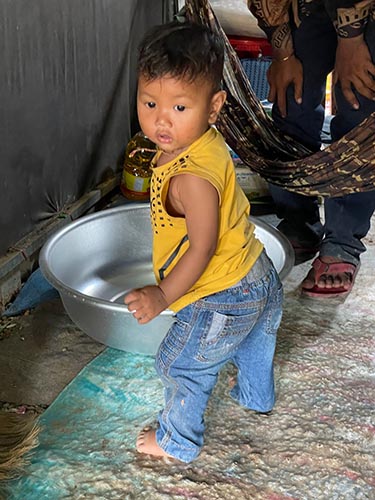
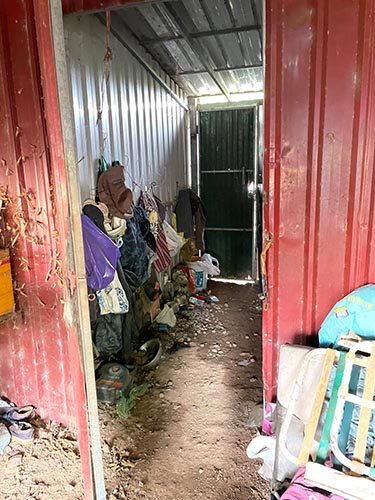

The families all were seated on the floor, and we distributed sweating with masks food, wash pans, storage boxes, mosquito nets, blankets, and mats. Subsequently, the people invited us to visit their homes. As it had rained the day before, the ground was muddy, and a smell of humidity was in the air. It is really depressing to see how people must live.
Samlot
The following day brought a pleasant diversion. We drove to Samlot around 84 km from Battambang to visit a graduate from avec’s tailoring workshop, whom we financed the setting up of her business. She runs her tailor workshop on the premises of her parents together with her elder sister who is a beautician. The two young women made a good impression and seemed to be happy with their respective businesses. The elder sister was looking forward to her imminent wedding and the entire family was already busy preparing the upcoming celebration.
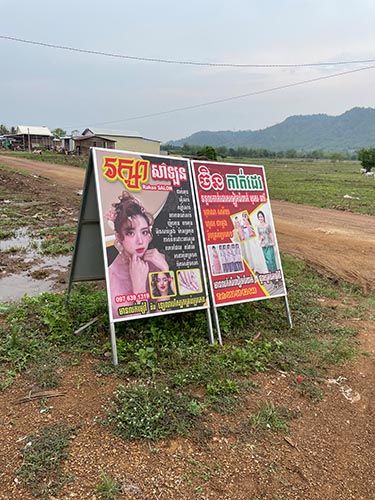
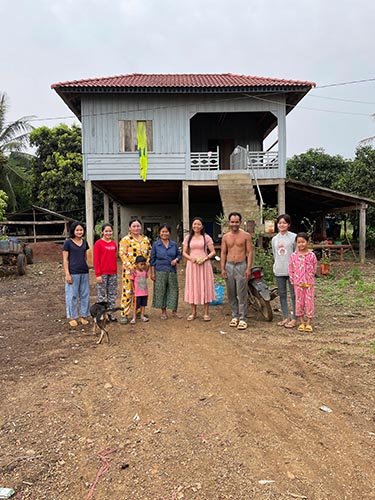

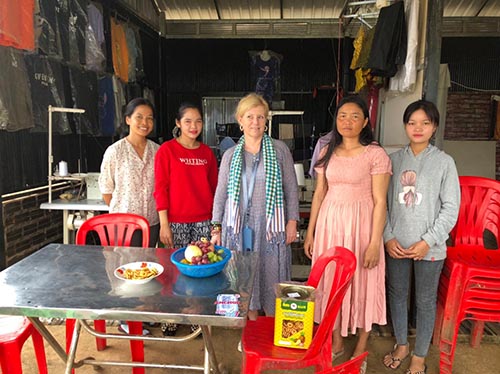
On our way back we drove by a wonderfully green landscape with manioc plantations, mango trees and cashew trees all bearing witness of the incredible fertility of this area.

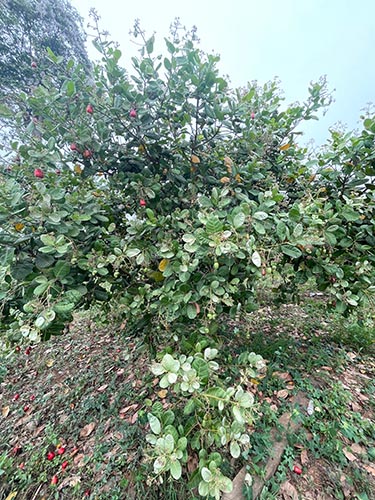
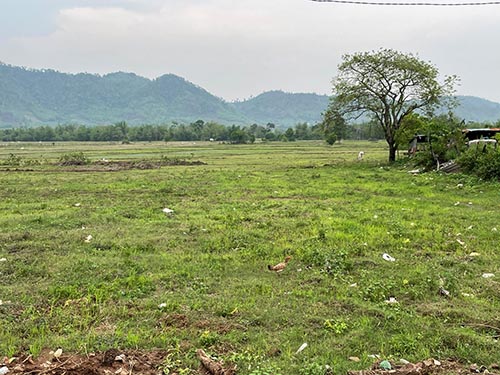
Siam Reap
In the meantime, the excitement and anticipation of the children in the safe house had reached unprecedented heights as our planned trip to Siam Reap was coming closer. In particular, the smaller kids had prepared their clothes already days ago. Finally, the moment has come! The rented bus was packed and filled with most of the participants. Those kids suffering from travel sickness had to take their place on the loading area of Patrik’s pickup truck to get some fresh air.
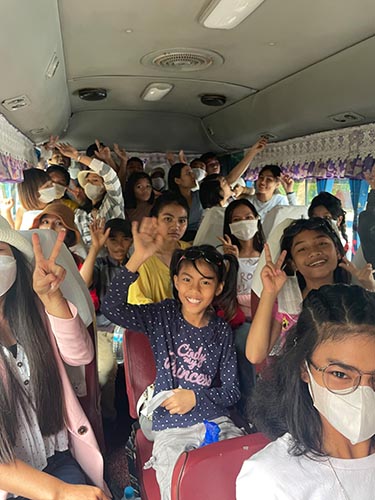

We arrived around noon in Siam Reap and directly went to lunch. It is incredible how much Siam Reap has changed over the last two years. Many foot and bike paths have been constructed. But many hotels and restaurants had to close their businesses. Especially, the big buffet restaurants with traditional dance performances catering to big travel groups had to close and will not re-open any time soon.
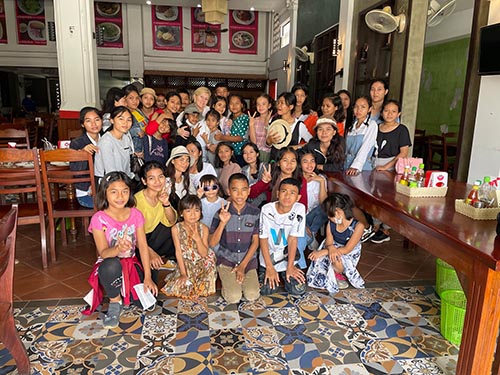
Our first impression was proven right when we visited the temples: There were only occasional encounters with single foreign tourists and there were some Cambodian tourists. Unfortunately, this has a terrible impact on the local economy as they desperately need foreign currency.
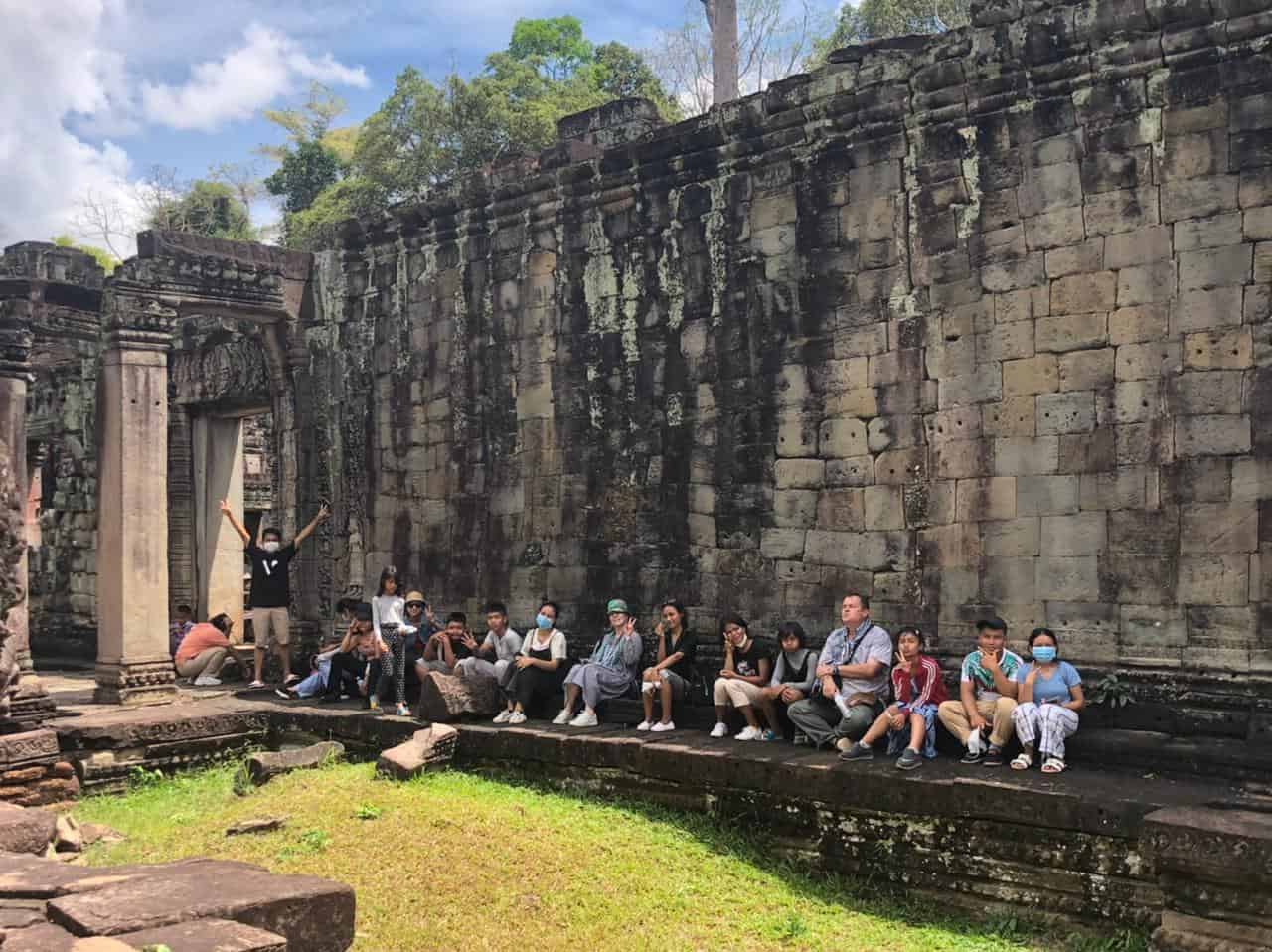
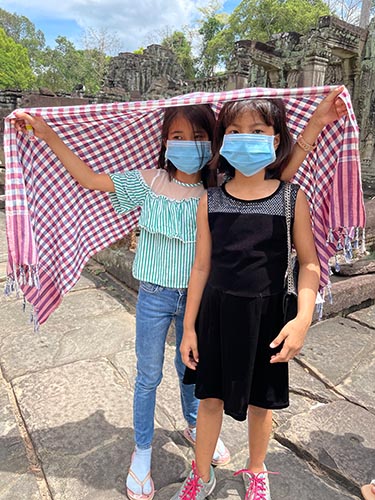
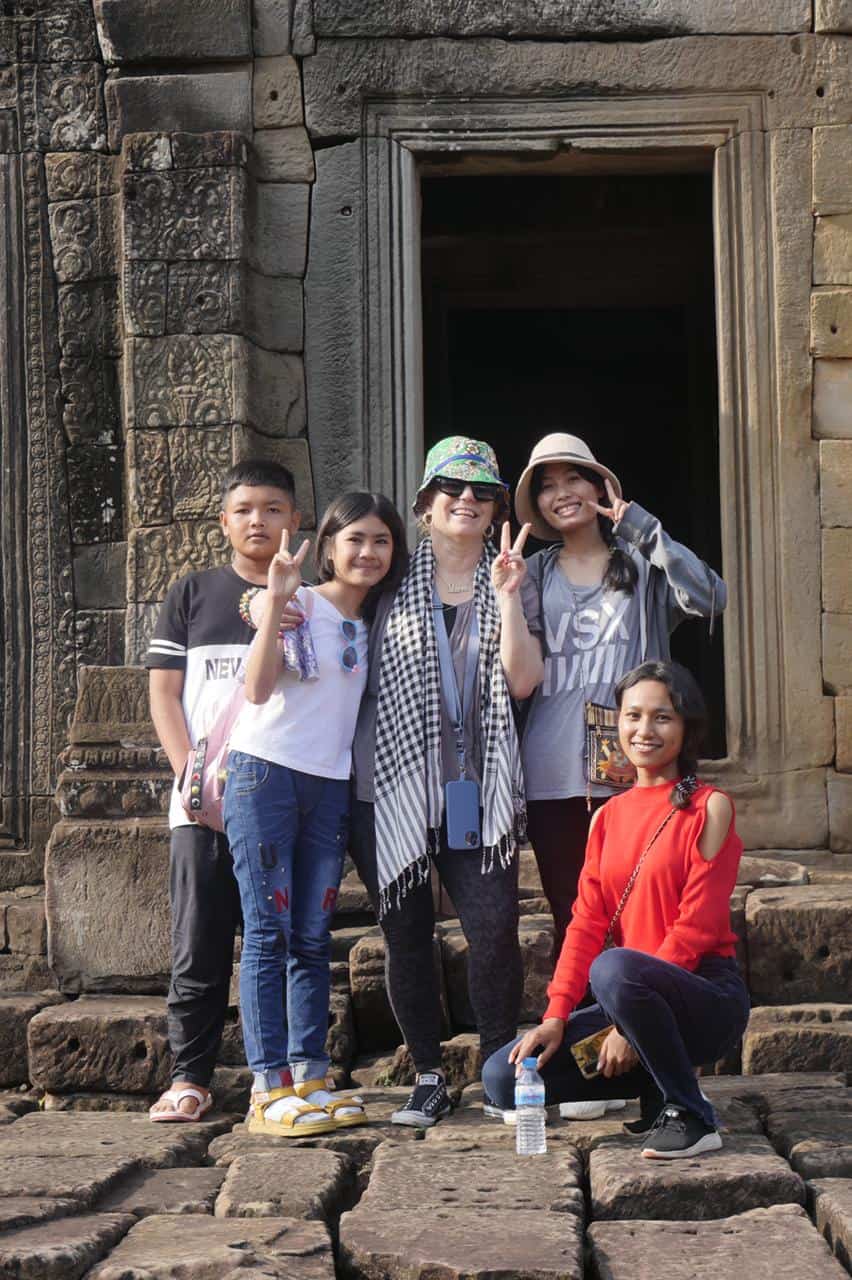
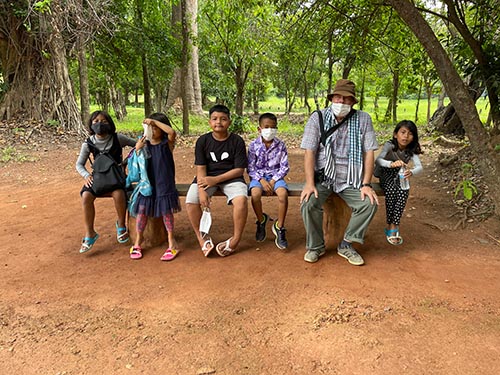
One of the highlights for all of us was the visit to a local buffet restaurant where the children could fill their bellies as much as they wanted. Words cannot describe the joy with which they presented their full bellies and the happiness in their eyes.
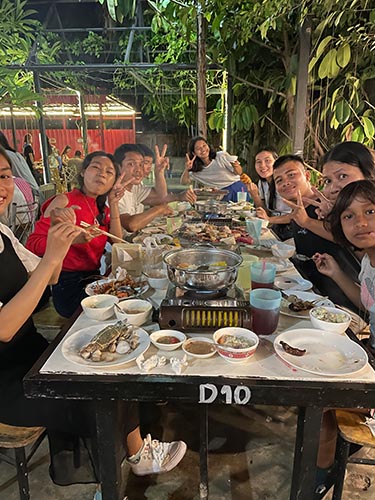

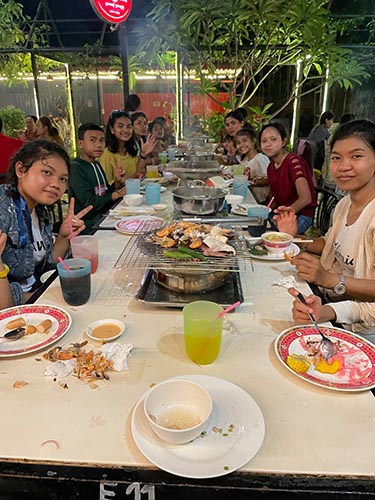
Again and again, I am surprised by the discipline and consequence of Theavy and Patrik educating the children and the fruits their education bears: As the pool was officially closed upon our return to the hotel, the kids were still allowed to swim but they were told to behave and to be as quiet as possible in order not to disturb the few other guests present. There were around 25 kids in the pool, and one could hear not a thing.
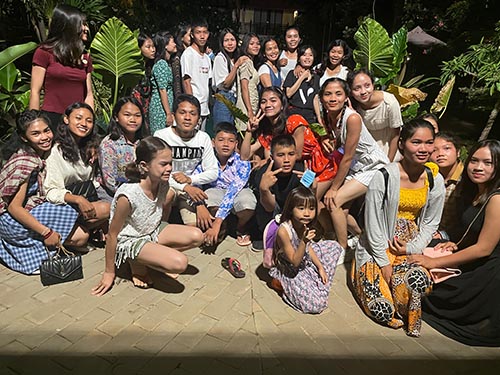
The following evening, we visited the centrally located Pub Street and once again we saw many very happy faces when they were all offered some ice cream. Sadly though, the former center has been reduced in two years to one street only where there are few open restaurants and bars. They fight for the attention of the few tourists with very loud music. It will take a long time for tourism to recover.
Saying goodbye, after a very intense and exciting time spent together, was very sad. The kids gifted me with crafted presents and even more touchingly with happy eyes and tons of hugs.

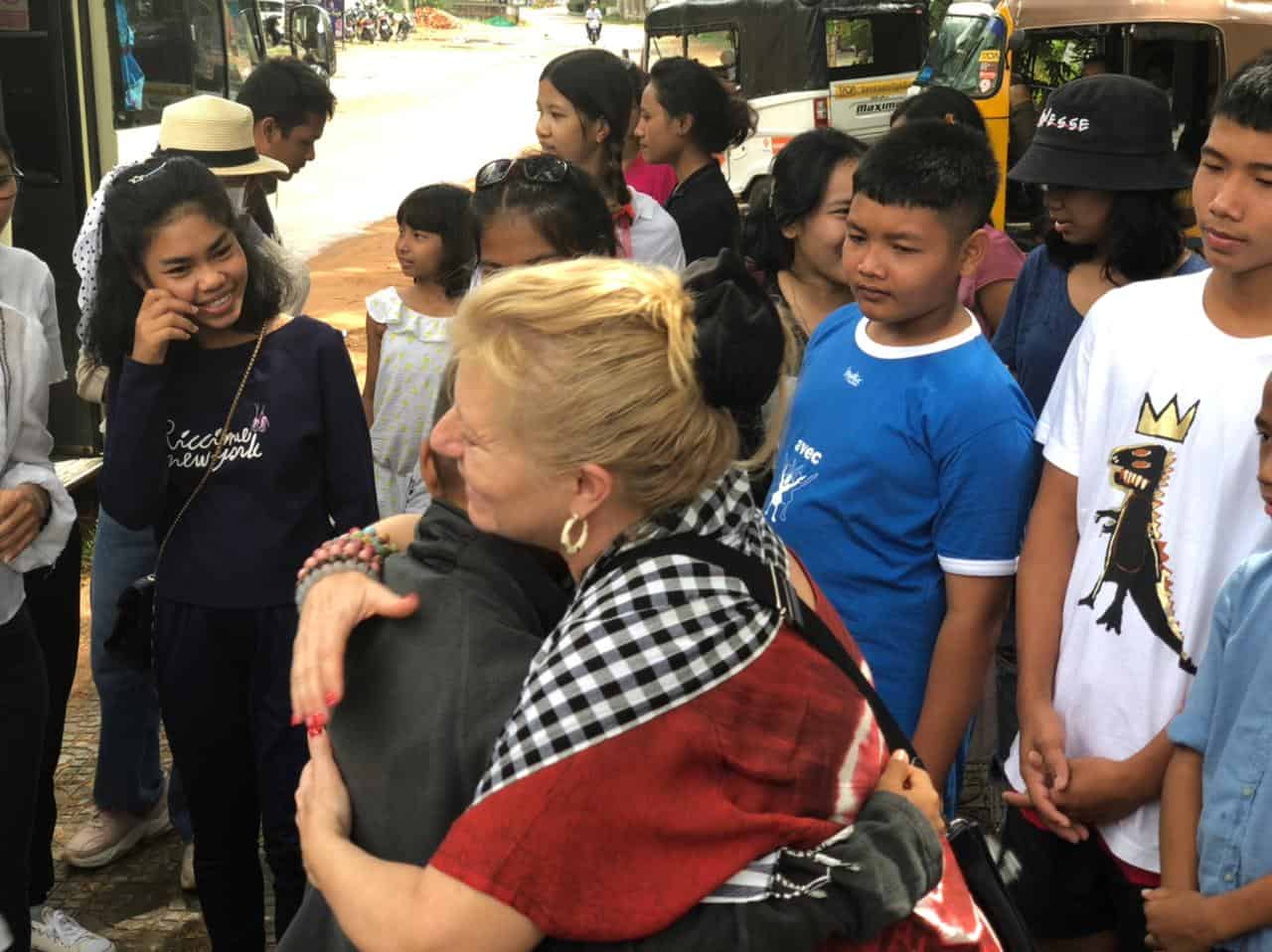
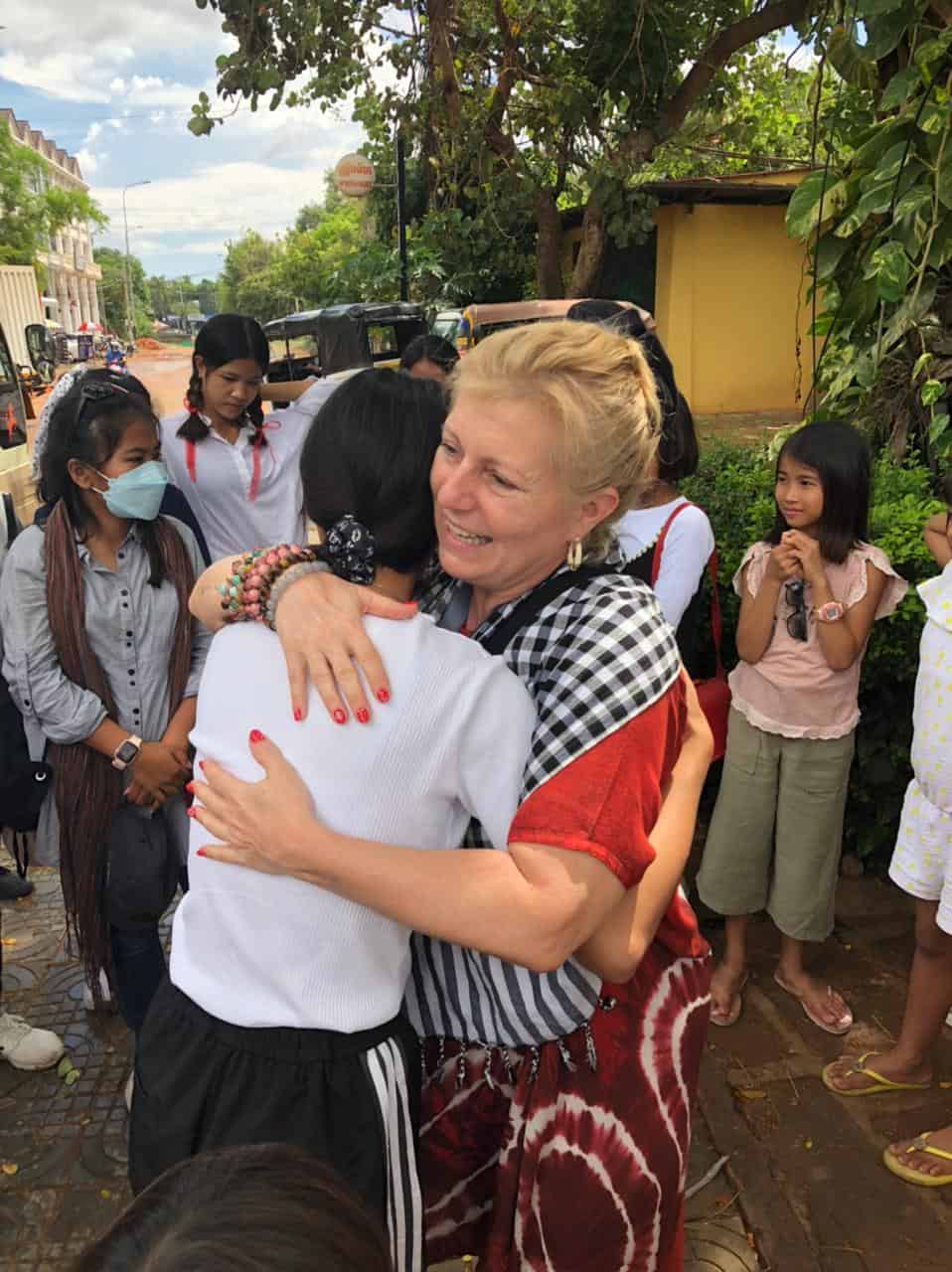

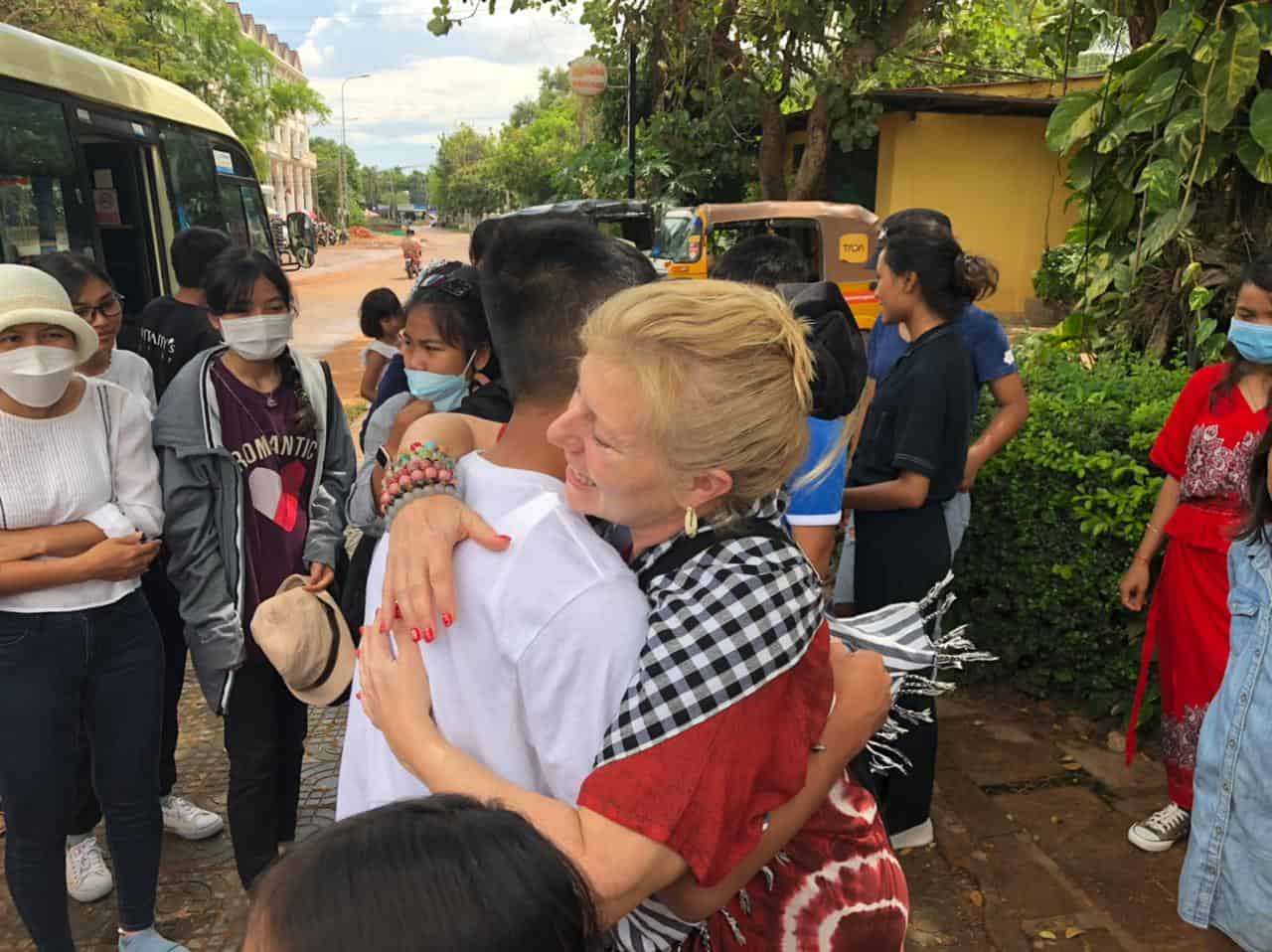
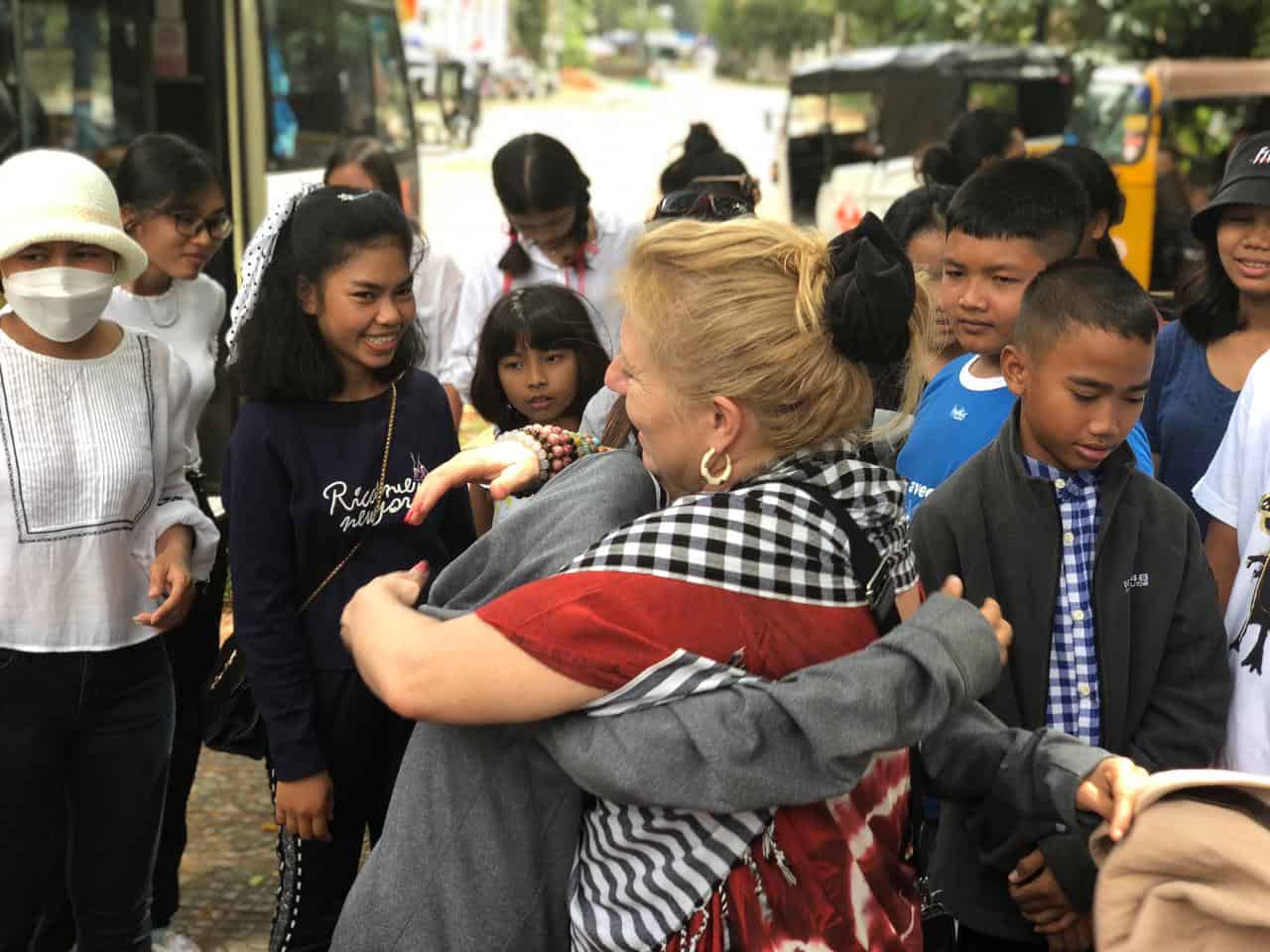
The taxi driver asked me to take a picture with him, as I was the first tourist, he drove to the airport in more than two years. The airport itself was almost empty and except for my flight to Singapore there was only one other flight to Phnom Penh on the display.
Conclusion: I will be back, and these already very poor people will take a long time to recover economically from the corona measures. And I am extremely grateful to have the privilege to live such intense encounters and that I have the possibility to provide these kids with unforgettable memories which will strengthen their self-worth, and which cannot be taken away from them.

